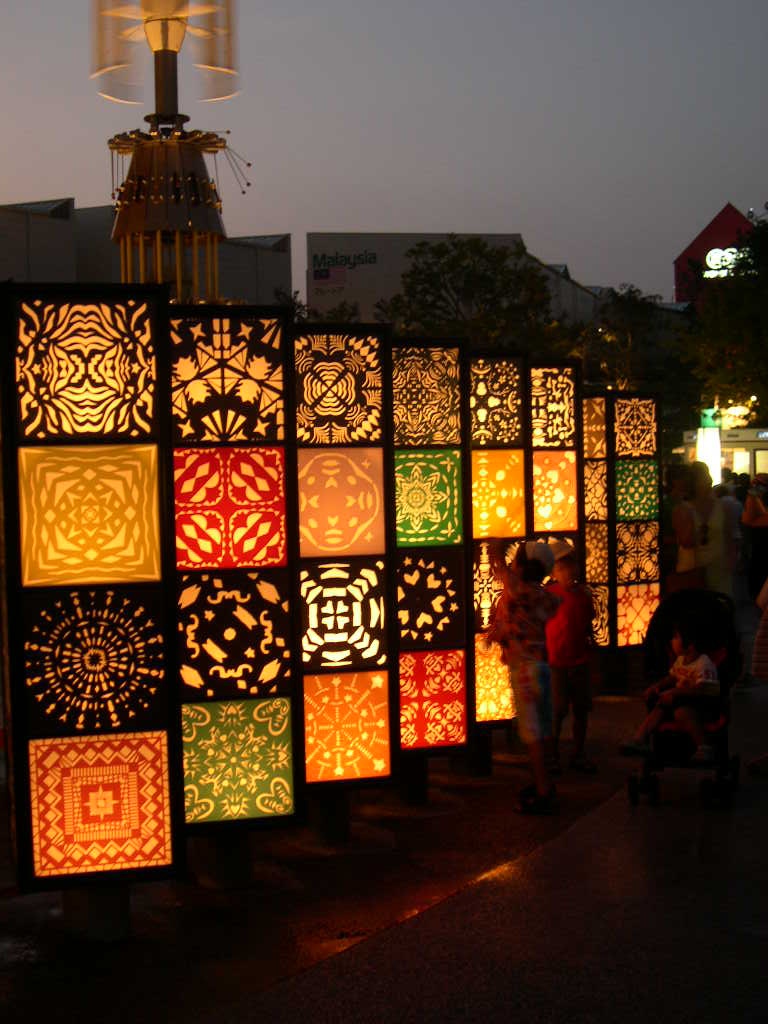
Introduction
India’s rich tapestry of culture is vividly expressed through its diverse regional design styles—from the vibrant and ornate to the simple and rustic. Imagine the beauty of blending two such distinct Indian regional styles into one cohesive room: a true celebration of cultural fusion that tells a unique story. This approach, known as culture fusion decor, is both a tribute to India’s diversity and a chance to create personalized, meaningful interiors that reflect multiple facets of heritage.
In this blog, I will personally guide you through how to artfully merge two Indian regional styles in one room, balancing tradition with creativity, elegance with warmth. Whether it’s the regal allure of Rajasthani decor paired with Kerala’s tranquil coastal vibe, or Punjabi exuberance with Bengali softness, you can create beautiful spaces rich in color, texture, and story.
Why Choose Culture Fusion Decor?
As someone who deeply values Indian heritage and modern aesthetics, I find culture fusion decor exciting because it allows you to:
- Celebrate multiple regions and traditions you cherish.
- Create a layered, dynamic space full of conversation pieces.
- Reflect your personal or family history through design.
- Break traditional design “rules” creatively, resulting in fresh, eclectic rooms.
This style is especially rewarding in a country as culturally diverse as India, where each region’s decor carries distinct symbolism, techniques, and stories.
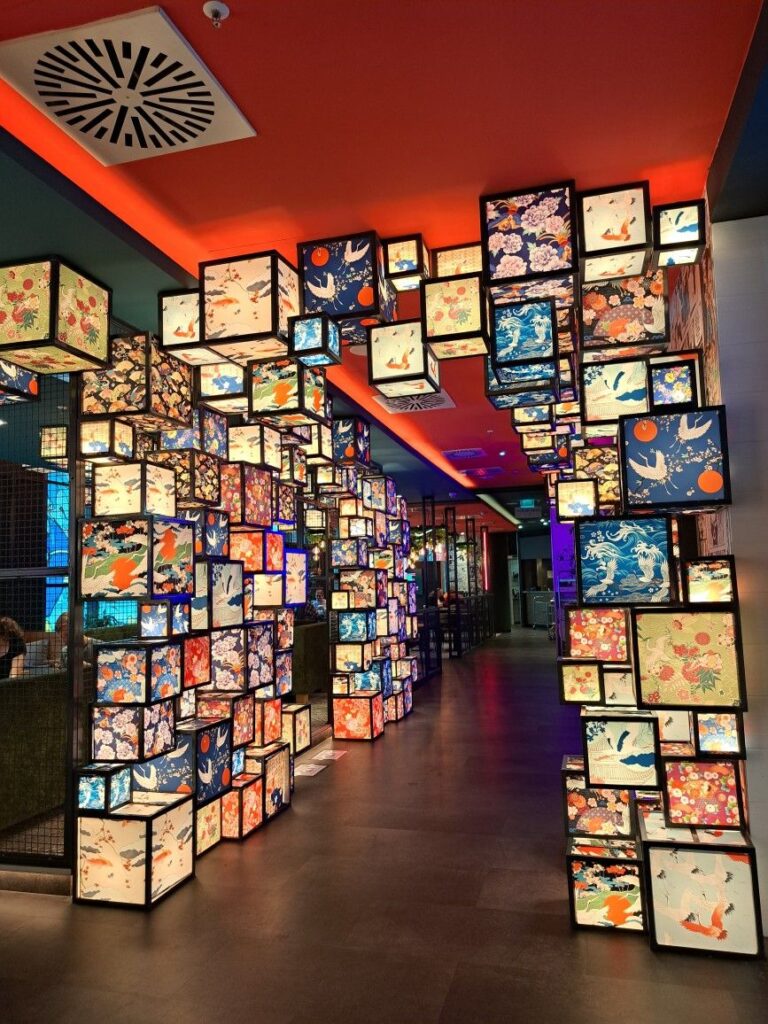
Understanding Indian Regional Styles: A Quick Overview
Before blending styles, it’s essential to understand their defining features. Here are highlights of two commonly fused regional styles as examples:
Rajasthani Style
- Color: Vibrant jewel tones—ruby reds, royal blues, sunny yellows.
- Materials: Carved wood, brass, lacquer, textiles with mirror work and embroidery.
- Key Elements: Jharokhas (ornate windows), hand-painted furniture, block prints, jaali work (intricate lattice).
- Atmosphere: Opulent, warm, festive.
Kerala Style
- Color: Earthy neutrals, greens, and whites inspired by nature.
- Materials: Natural wood, cane, coir, and soft cotton fabrics.
- Key Elements: Sleek furniture with simple lines, brass lamps (Nilavilakku), mural art featuring temple motifs.
- Atmosphere: Serene, tranquil, connected with nature.
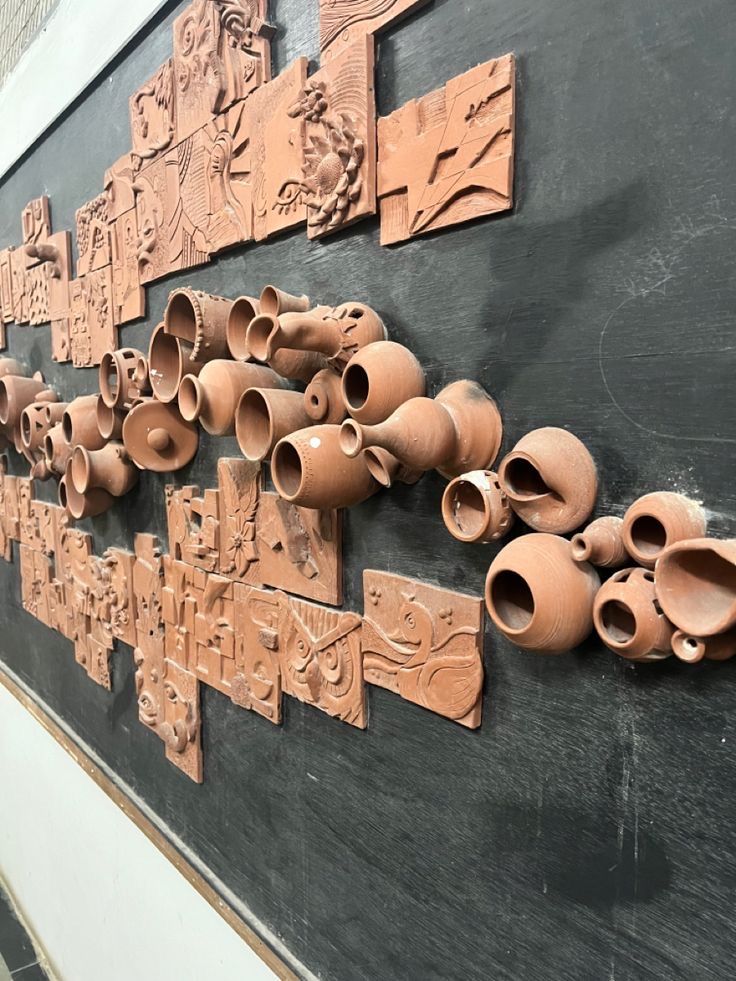
Personal Insights: Choosing the Right Regional Pairing for Your Space
In my experience helping families blend Indian cultures in their homes, matching two regions with complementary contrasts works best. For example, pairing the bold colors of Rajasthan with Kerala’s calming tones can create visual balance and emotional harmony.
Ask yourself:
- Which regions resonate most with you and your family?
- Do you want a balanced look or a dominant style with accents from the other?
- What’s the function of the room—relaxation, hospitality, work?
- How does natural light interact with your chosen colors and textures?
Answering these shapes your fusion design foundation uniquely.
Steps to Combining Two Indian Regional Styles in One Room
1. Create a Harmonious Color Palette
Blend primary colors from one region with secondary hues from the other. For instance, a Rajasthani room’s vibrant red walls can be softened with Kerala’s nature-inspired greens and creams on cushions, rugs, or decorative accents.
2. Balance Textures and Materials
Mix heavy carved wood furniture typical of Rajasthan with the light, sleek shapes of Kerala’s wooden chairs or cane furnishings. This contrast prevents heaviness and keeps the room visually inviting.
3. Layer Decor Elements Thoughtfully
Start with a neutral base—maybe Kerala’s whitewashed walls or wood flooring—then add bold, ornate Rajasthani textiles, brass decor items, or wall hangings. Let the accents tell the fusion story without overwhelming the senses.
4. Focus on Art & Craft Synergy
Combine intricate jaali screens with Kerala mural artwork or blend block-printed cushions with coir mats. Selecting art from both cultures that shares a similar scale or theme promotes visual unity.
5. Use Lighting to Enhance Mood and Style
Use traditional Kerala Nilavilakku lamps alongside Rajasthani lanterns or chandeliers. Warm, diffused lighting complements both styles’ welcoming character.
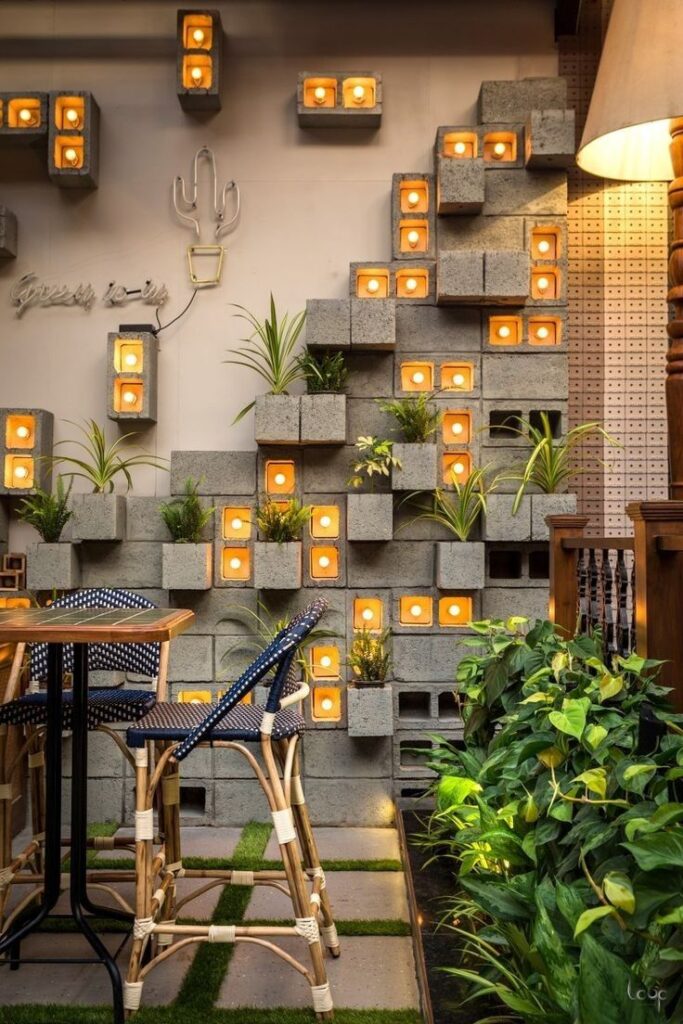
Practical Fusion Ideas I’ve Loved Implementing
A. Rajasthan – Kerala Living Room
- Walls painted a soft cream (Kerala’s simplicity) with a feature wall in bold red.
- Low, sleek Kerala-style wooden seating arranged around a handcrafted Rajasthani brass coffee table.
- Rajasthani embroidered cushions layered with Kerala cotton throws.
- A large jaali screen behind the sofa softened by a Kerala mural on an adjacent wall.
- Traditional oil lamps interspersed with colorful Rajasthani lanterns.
B. Punjabi – Bengali Dining Space
- Punjabi bright yellow walls balanced by soft Bengali pastel textiles on chairs.
- Vibrant phulkari embroidered chair cushions with muslin curtains and bamboo mats.
- Brass utensils and Bengali terracotta table decor blended throughout.
- Woven wall hangings combining Punjabi and Bengali folk art motifs.
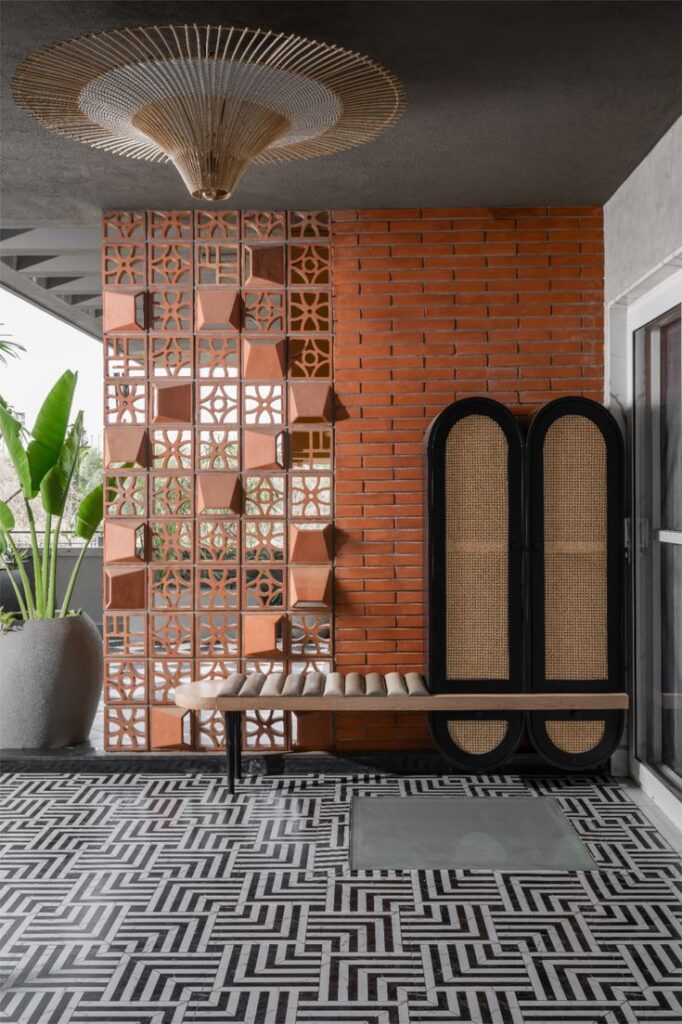
Things to Avoid in Culture Fusion Decor
- Overcrowding with competing elements: Fusion means balance, not clutter.
- Forcing unrelated styles: Choose regions with some cultural or chromatic synergy.
- Ignoring scale and proportion: Matching large ornate pieces with delicate ones helps create flow.
- Neglecting the room’s function: Decorative fusion shouldn’t hinder usability or comfort.
Benefits of Culture Fusion Decor
- Personalization: Your home becomes a canvas telling your unique cultural story.
- Richness in Diversity: Combining two styles adds depth and conversation value.
- Versatility: Mix and adapt decor pieces as tastes evolve.
- Heritage Connection: Honors multiple familial or regional roots gracefully.
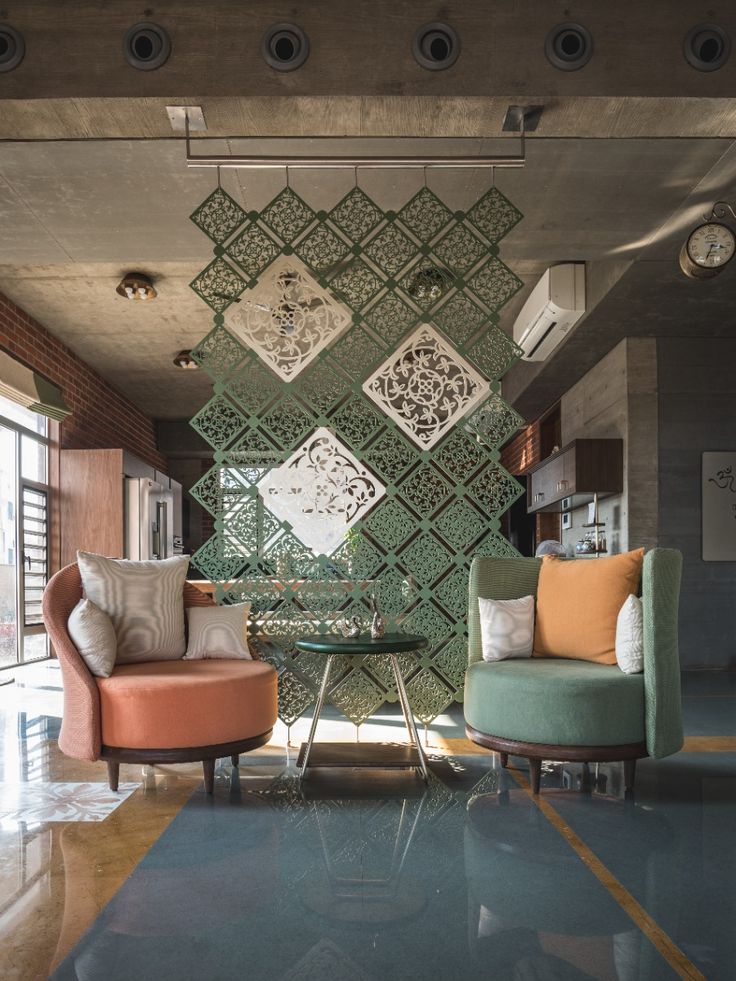
FAQ
Q1: Can I fuse more than two Indian regional styles in one room?
A1: It’s possible but requires careful balancing to avoid chaos. Start with two and expand slowly.
Q2: How do I find authentic décor items from different regions?
A2: Explore local artisans, online heritage stores, and curated cultural fairs for quality, authentic goods.
Q3: Can modern furniture blend well with traditional Indian styles?
A3: Yes, contemporary minimalist furniture can provide grounding neutrality to vibrant traditional accents.
Q4: What’s a budget-friendly way to try culture fusion decor?
A4: Start with soft furnishings—cushions, rugs, throws—and small décor items before investing in big furniture.
Q5: How to keep a room from looking too busy with fusion styles?
A5: Stick to a consistent color palette and neutral base, allowing accent pieces to shine without overwhelming.
Conclusion
Culture fusion decor lets you narrate a truly Indian story—one that embraces diversity, unity, and creativity. Combining two Indian regional styles in one room is an artful journey worthy of your personal cultural heritage and style aspirations. Whether blending Rajasthan’s vibrancy with Kerala’s calm or Punjab’s exuberance with Bengal’s grace, the results can be breathtakingly beautiful, deeply meaningful, and utterly unique.
From colors and textures to crafts and lighting, thoughtful fusion brings layers of warmth, elegance, and identity to your home. It’s an enriching experience that creates not just a room, but a living cultural tapestry.
Call to Action
Feeling inspired to create your own culture fusion space? Let’s design your dream room that reflects your heritage and style! Reach out for personalized consultation and bespoke decor solutions.
Call or WhatsApp: +91 94675 99688
Email: contact@mishulgupta.com
Together, we’ll honor tradition with innovation and craft a home as unique as your story.
